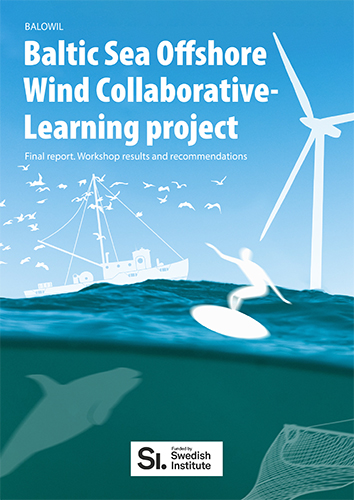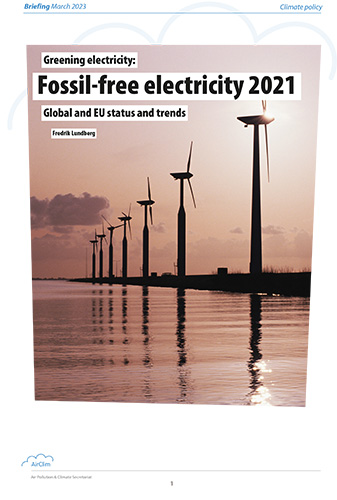
Pollutant emissions fall
While air pollutant emissions from land-based sources in Europe continue to fall slightly, some reductions are countered by rising emissions from international shipping.
Since 1980, total European emissions of sulphur dioxide (SO2) – the most significant acidifying pollutant – from land-based emission sources have fallen by more than 80 per cent, from around 53 million tonnes in 1980 to 10.2 million tonnes in 2008.
Emissions of nitrogen oxides (NOx), non-methane volatile organic compounds (VOCs), and ammonia have also gone down, although to a lesser extent. VOCs have halved since 1980, while NOx and ammonia emissions have dropped by about a third.
Since the late 1990s, emissions of fine particles (PM2.5) have been attracting increasing attention, primarily because of their negative impacts on health. However, these emissions are not as well documented as those of other air pollutants, and many countries lack emissions data for the 1990s. Between 2000 and 2008 it is estimated that emissions of PM2.5 from land-based sources have fallen by some 17 per cent, from 2.9 to 2.4 million tonnes.
Although overall emissions continue to fall, the downward trend has flattened out over the last few years, especially in the case of NOx.
Emissions from international shipping in European waters show a steady increase. Since 1980, ship emissions of SO2 have gone up from 1.7 to 2.5 million tonnes (a 47 per cent increase), and those of NOx from 2.4 to 3.9 million tonnes (61 per cent).
The data in Table 1 is taken from figures reported by countries themselves to the Convention on Longrange Transboundary Air Pollution, and was compiled by the European Monitoring and Evaluation Programme (EMEP). The Convention's EMEP keeps track of the ways in which emissions from one country affect the environment in others. The EMEP report also provides an overview of calculations for source-receptor relationships (including transboundary movements between countries), covering acidifying, eutrophying, photo-oxidant, and particle pollution.

Table 1: European emissions of sulphur dioxide, nitrogen oxides (as NO2), VOCs, and ammonia (kilotonnes). Data for 2000 and 2008 is from the 2010 EMEP report, while data for 1980 and 1990 is from earlier EMEP reports. Note that Russia in the table refers only to the western parts of the Russian Federation.
For most European countries the biggest share of depositions of sulphur and nitrogen emanate from outside their own territory, and an increasing share of the depositions originate from international shipping.
For 2008 it was estimated that ship emissions were responsible for ten per cent or more of the total depositions of both sulphur and oxidised nitrogen compounds in at least fourteen European countries (see Table 2).
In some countries, such as Denmark, Sweden, Norway, the Netherlands, Ireland, Portugal and the United Kingdom, ship emissions already make up approximately one fifth or more of total pollutant depositions.
| Sulphur | NOx-nitrogen | ||
| Denmark | 39% | Denmark | 28% |
| Netherlands | 31% | Sweden | 25% |
| Sweden | 25% | Ireland | 23% |
| Norway | 25% | Portugal | 23% |
| Portugal | 22% | Norway | 23% |
| Ireland | 20% | Netherlands | 21% |
| UK | 18% | UK | 20% |
| France | 18% | Estonia | 17% |
| Italy | 15% | Finland | 17% |
| Spain | 15% | Belgium | 16% |
| Estonia | 14% | Italy | 15% |
| Belgium | 13% | Spain | 15% |
| Finland | 12% | France | 15% |
Table 2: European countries where the proportion of air pollutant depositions of sulphur and oxidised nitrogen coming from ships is the most marked.
Christer Ågren
Report: Transboundary acidification, eutrophication and ground level ozone in Europe in 2008. EMEP Status Report 1/2010.

 Download this issue
Download this issue










